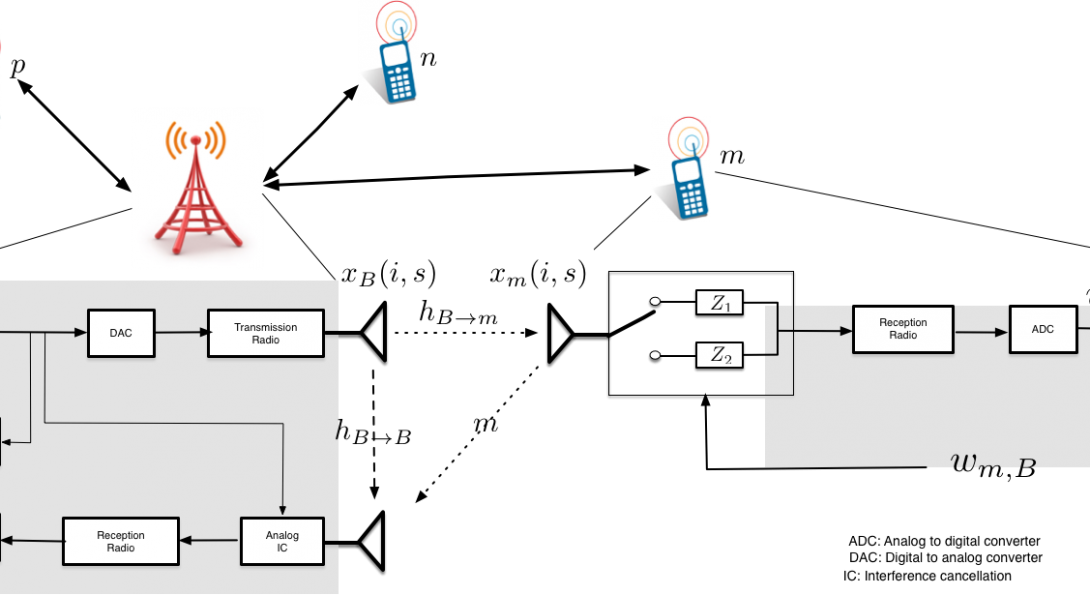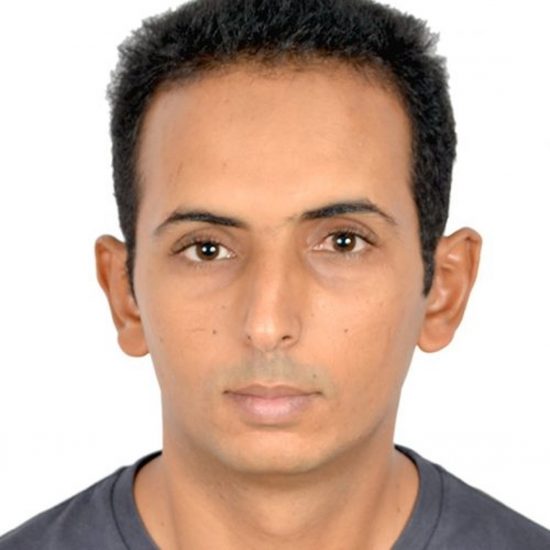ReflectFX — Full-Duplex Wireless Networks

1
Sponsors:
Problem Statement and Motivation
- Communication is asymmetrical and is becoming more so over time.
- Promoted by the popularity of small cell wireless systems, recent works have provided experimental evidence and methodologies for full-duplex communication.
- Backscatter modulation (BM) is based on the reflection of electromagnetic waves. BM takes advantage of the presence of reflection coefficient variations at the interface between the transmit antenna and the receiver input load. By varying the load, the reflection coefficient changes.
- We aim to create highly reliable full-duplex wireless networks by means of reflected power.
Technical Approach
- We develop a new framework for Backscatter-Modulation (BM) in fullduplex communication that efficiently captures the two-way flow of data over the same carrier at the same time.
- We establish theoretical foundations for full-duplex BM wireless networks by deriving exact and alternative capacity characterizations to serve as guideline in the transceiver design.
Key Achievements and Future Goals
- B. Smida, “ Communication with backscatter modulation,” US Patent US20150236841, August 2015.
- F. Farzami, S. Khaledian, B. Smida and D. Erricolo, “Pattern Reconfigurable Printed Dipole Antenna Using Loaded Parasitic Elements,” to appear IEEE Antennas Wireless Propagation Letters, 2017.
- S. Khaledian, F. Farzami, H. Soury, B. Smida and D. Erricolo, “Active Two-Way Backscatter Modulation : An Analytical Study,” IEEE Transactions on Wireless Communications (accepted, not published yet).
- B. Smida and S. Khaledian, “ReflectFX : In-band Full-duplex wireless communication by means of re ected power,” IEEE Transactions on Communications, vol. 65, no. 5, May 2017.
- B. Smida and S. Islam, “Full-duplex wireless communication based on backscatter amplication,” in Proc of IEEE ICC, Sydney, Australia, July 2014.



